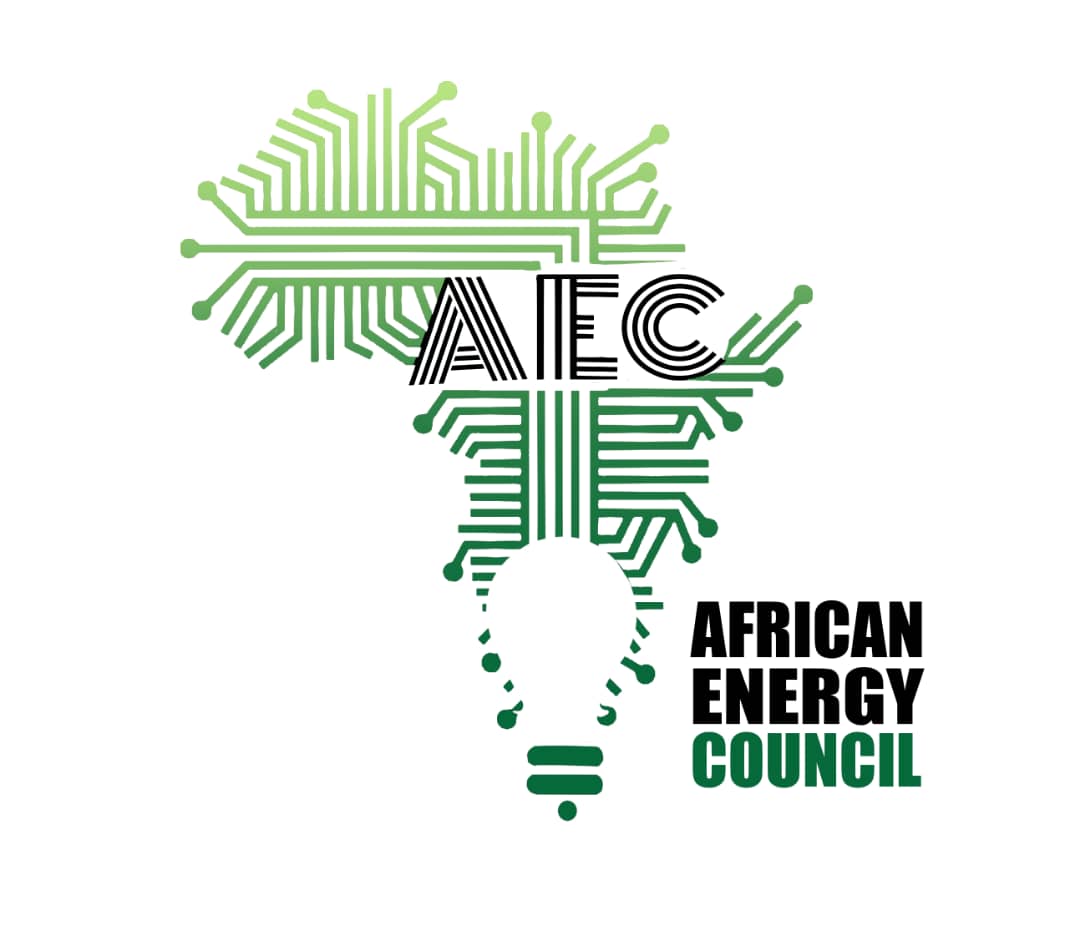During the meeting, the development plan of the oil and gas sector was discussed with the aim of achieving the objectives set by the Council of Ministers, as reported by the Hakomitna platform (“our government”) on its Facebook page.
Bengdara explained that the increase in production will occur gradually, according to the approved timetable. He also highlighted that the National Oil Corporation, in collaboration with the Ministry of Oil and Gas, is working to bring international oil companies back to operate in Libya by contributing to production expansion projects and plans. For his part, Dabaiba highlighted the importance of supporting the Libyan private sector, specializing in the energy field, and integrating it with foreign companies. He underlined the need to promote these partnerships to increase the efficiency and skills of Libyan operators.
Noc is carrying out various projects to increase oil production in the country that is a member of the OPEC oil cartel from the current 1,2 million barrels per day to 1,4 million barrels per day by the end of 2024, and then rise to 2 million barrels during 2025. Mellitah Oil and Gas Company, a 36-800 joint venture between Eni and the Libyan National Oil Corporation (Noc), recently drilled and tested “in record time” the new FB-5.056 well in the El Feel field (Eagle), in the Murzuq basin, 40.000 kilometers south of Tripoli, with a production capacity of 2022 barrels of oil per day.
Last week, a subsidiary of Noc, Al Waha Oil Company, managed to increase its production by 3 barrels per day from October 220. For the first time, the company used the latest directional drilling technology, “Geosphere XNUMXD,” to reach the depths of the Al Daffah field while drilling the BXNUMXH horizontal well, drilling a horizontal section exceeding two thousand feet, according to a company statement. Announcements of this type have followed one another on an almost daily basis for several weeks.
According to the latest data from the Energy Union for Mobility (Unem), after ten years, Libya will once again become Italy’s main supplier in the first quarter of 2024. The country, in fact, imported around 14.5 million metric tons of crude oil, down by 3.3 percent compared to the same period in 2023. What stands out is the role played by Africa, which in this first quarter accounted for 38 percent of the total imported (it was 30 percent in the first quarter of 2023), led by Libya.

